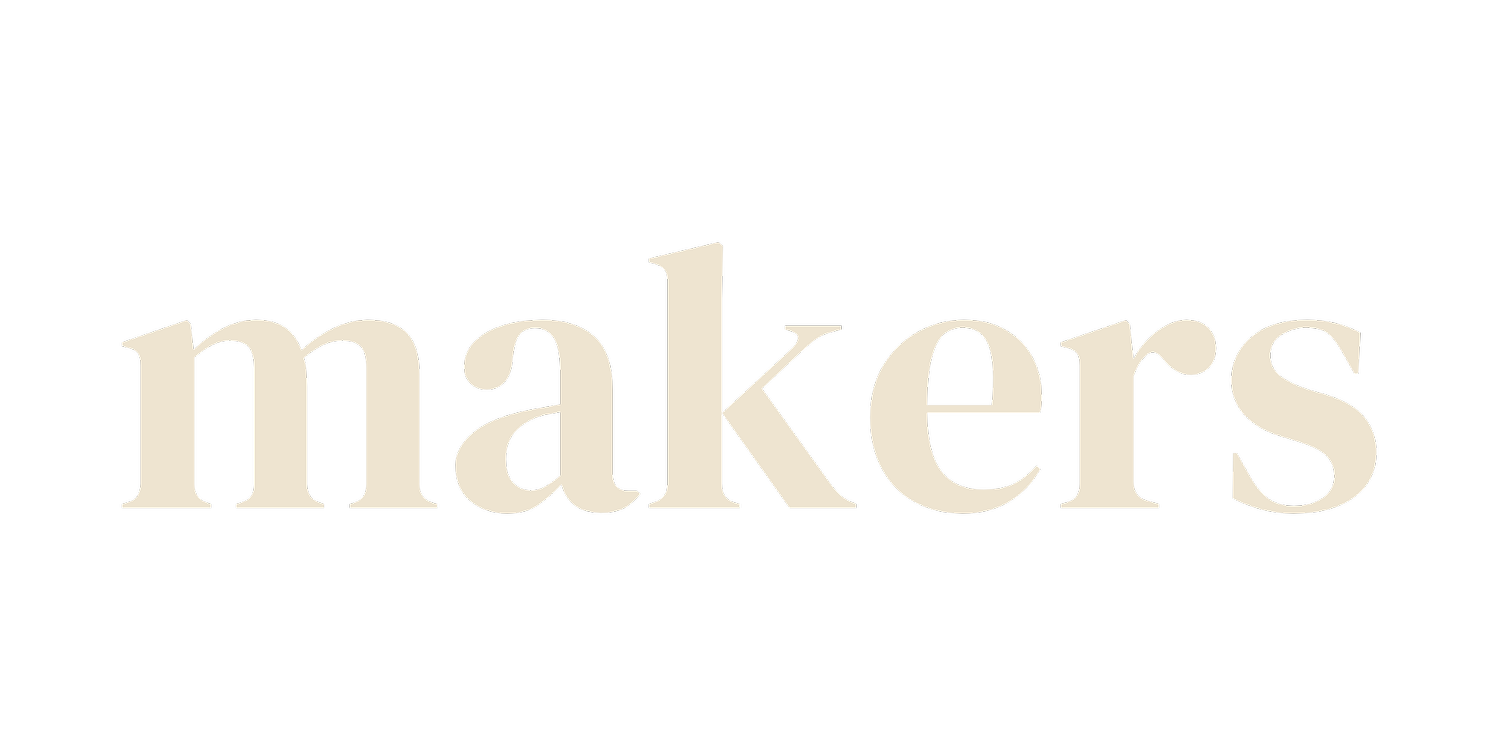Pricing Your Products with Confidence: A Guide for Makers
Whether you’re just getting started or looking to refine your approach, pricing your products effectively is one of the most important decisions you'll make as a small business owner. It's not just about covering costs—it's about creating long-term sustainability, meeting customer expectations, and giving yourself room to grow. At Makers, we want to empower vendors to price with confidence, clarity, and fairness. Here are our top tips for finding your pricing sweet spot!
1. Offer Something for Everyone
One of the most effective pricing strategies is to avoid pigeonholing your brand into one specific price range. A diverse product offering ensures that there’s something for every customer. From budget-friendly impulse buys to a more premium, considered price-point and product, variety invites broader interest—and can boost overall sales. Don’t forget to run occasional promotions or bundle deals. These offer value to your customers and can be a great way to move inventory or introduce new products.
Example of buy two, get a deal!
2. Be Honest and Upfront
Many vendors feel pressured to keep their prices low when starting out. But underpricing can hurt more than help. It’s far better to start with prices that truly reflect the cost of your time, materials, and operations—even if that means a higher price tag. Customers value honesty and quality, and pricing fairly from the beginning helps avoid awkward, repeated price increases down the road.
Signage that explains your process, using terms like “handmade, small batches,” helps customer understanding of your prices!
3. Do Your Research
Before setting your prices, take a close look at what others are doing in your niche. What are similar products selling for at other local markets or small retail stores? How about online on platforms like Faire and Etsy? This type of market research helps you position your products competitively, while also ensuring you’re not selling yourself short.
4. Factor in All Your Costs
Pricing your products isn’t just about materials. Your time matters too. Be sure to include the cost of production, packaging, delivery or drop-off time, and even the hidden costs—like gas, shipping fees, import duties, and transaction fees. As your business grows, you'll also need to account for overhead expenses like rental fees, internet bills, and marketing tools. Every piece of your operation deserves to be reflected in your pricing!
Special packaging, even limited edition holiday themes, needs to be factored in!
5. Adapt to Market Changes
In today’s economy, prices fluctuate—sometimes rapidly. Inflation, supply chain issues, increased wholesale costs, or tariffs can all affect your bottom line. Stay informed and give yourself the flexibility to adjust prices when needed. Communicating the reasons behind price changes with your customers builds trust and shows you’re committed to quality and sustainability.
In Summary
Pricing can feel intimidating at first, but by doing your research, valuing your time, and preparing for market shifts, you can set prices that support both your business and your customer base. At Makers, we believe that your work is worth it—and your pricing should reflect that!




